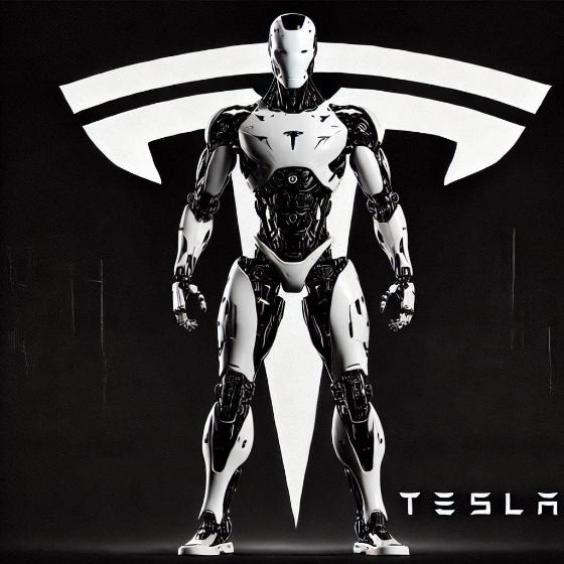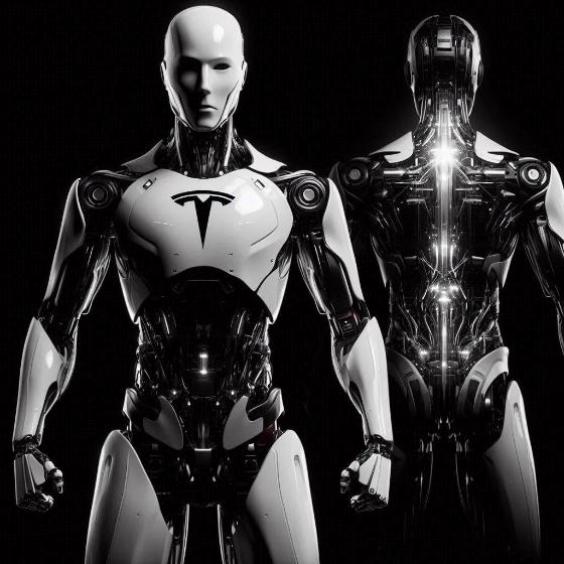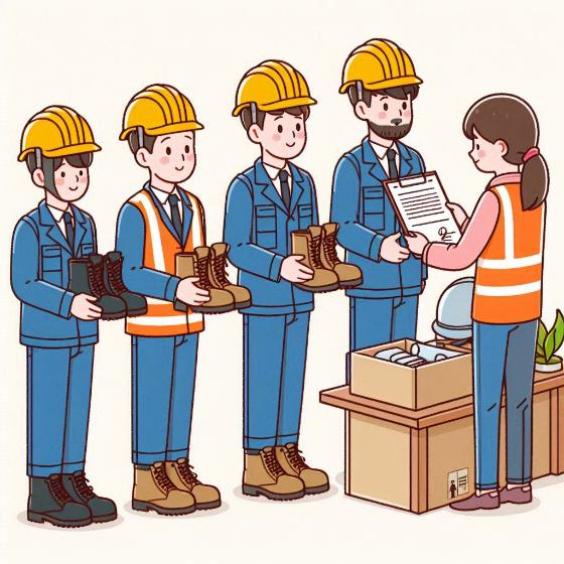Elon Musk wants to build a million Optimus robots by 2027
Elon Musk is not one to think small. His recent statement that humanoid robots will be "the biggest product in history" has caused quite a stir, especially when he announced his goal of producing 1 million Tesla Optimus by 2027. However, while Musk dreams of million-dollar robots, there is a player that could change the game: China.

The race for robotic supremacy
Today, the most important robot fairs are not held in the United States, but in China and Japan. This is no coincidence. China has been aggressively investing in automation and artificial intelligence technologies for years. If Musk plans to sell expensive robots, Chinese manufacturers could counter with better, more attractive, and above all, 10 times cheaper robots.
The robot market will not only depend on aesthetics and functionality, but also on the intelligence they can offer. This is where neural networks come in. These will be the basis for creating robots capable of interacting with humans using natural language, a technology in which China is also advancing by leaps and bounds. Systems such as DeepSeek are an example of independent Chinese development, which does not depend on NVIDIA chips sanctioned by the United States. Instead of complaining, China has developed its own competitive chips, challenging restrictions and demonstrating its ability to innovate under pressure.
United States vs. China: lessons from the past

Attempts by the United States to isolate China technologically have failed before. It was said that China could not build its own space station, and now they have the Tiangong. It was thought that they could not compete with GPS, and now Baidu surpasses the American system in many aspects. The robot industry could be the next frontier in this technological rivalry.
The future of the robot market
It is true that the domestic robot market has the potential to far surpass that of mobile phones and electric cars. But the United States runs the risk of repeating mistakes if it underestimates its competitors. Currently, there is only one American company that produces cell phones (Apple) and one that leads in electric cars (Tesla). In contrast, China has dozens of companies that manufacture millions of cell phones and electric vehicles. This contrast is a reflection of the differences between wild capitalism and a strategic industrial model.
If the United States does not accelerate its pace of innovation and diversification, it could face a situation similar to that it faces in the electric car market, where China already leads with a vibrant and competitive ecosystem.
Conclusion
Elon Musk's dream of leading the humanoid robot market is ambitious, but not without challenges. China, with its pragmatic approach and adaptability, could become the main obstacle to American dominance in this field. Time will tell if Musk can consolidate his vision or if he will be surpassed by a wave of cheaper and more advanced robots from the other side of the Pacific.






